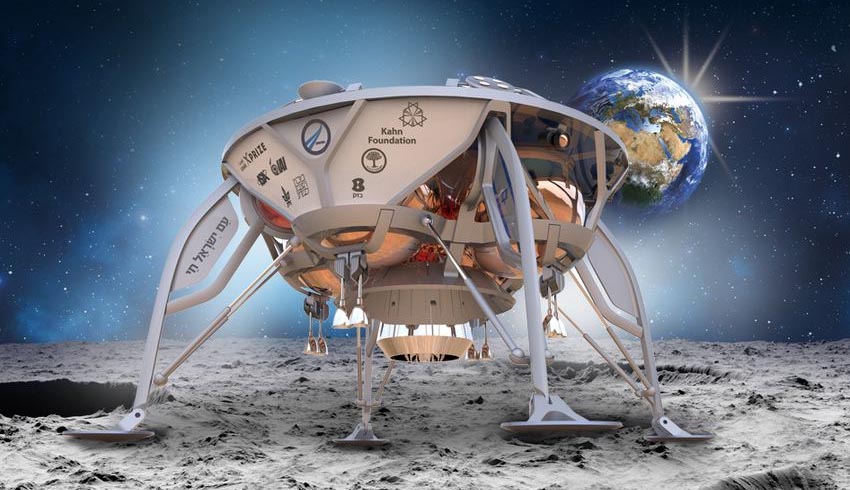If all goes to plan, the craft, named Beresheet – Hebrew for genesis – will touch down next Thursday, 11 April.
As well as being the fourth nation on the moon, after the US, Russia and China, this will be the first moon landing by a private venture not sponsored by a national government.
“After six weeks in space, we have succeeded in overcoming another critical stage by entering the moon’s gravity,” said SpaceIL chief executive Ido Anteby in a media statement.
“We still have a long way until the lunar landing, but I’m convinced our team will complete the mission to land the first Israeli spacecraft on the moon, making us all proud.”
The Israeli probe was launched from Cape Canaveral as a secondary payload aboard a Falcon 9 rocket, one of Elon Musk’s SpaceX commercial launches, on 21 February.
That followed nearly eight years of hard work by Israel Aerospace Industries (IAI) and SpaceIL, an Israeli non-profit organisation funded mostly by philanthropists and involving companies, universities and a very large number of school students.
This was prompted by the 2007 Google Lunar XPRIZE, which offered US$20 million to the first private venture to land a robotic probe on the moon, travel 500 metres and transmit high definition stills and video back to Earth.
Many expressed interest but despite a number of extensions, no-one had booked a launch by the final deadline of 31 March 2018 and the contest was called off.
Israel decided to proceed. Its venture, which has cost around US$100 million, coincides with the 50th anniversary of the first manned landing on the moon.
Although no longer eligible for the main prize, SpaceIL could still bank a US$1 million consolation prize for a successful landing. XPRIZE said that would recognise SpaceIL’s accomplishment.
At 160 kilograms, Beresheet will be the smallest spacecraft to land on the moon, and the cheapest.
Although tested extensively in the IAI facilities used to prove Israel’s satellites, Beresheet won’t have a long service life as it has no redundant systems.
After landing, Beresheet will measure and transmit data on the moon’s magnetic field for two or three days, when it’s expected the sun’s heat will destroy elements of the communications system and the mission will end.

